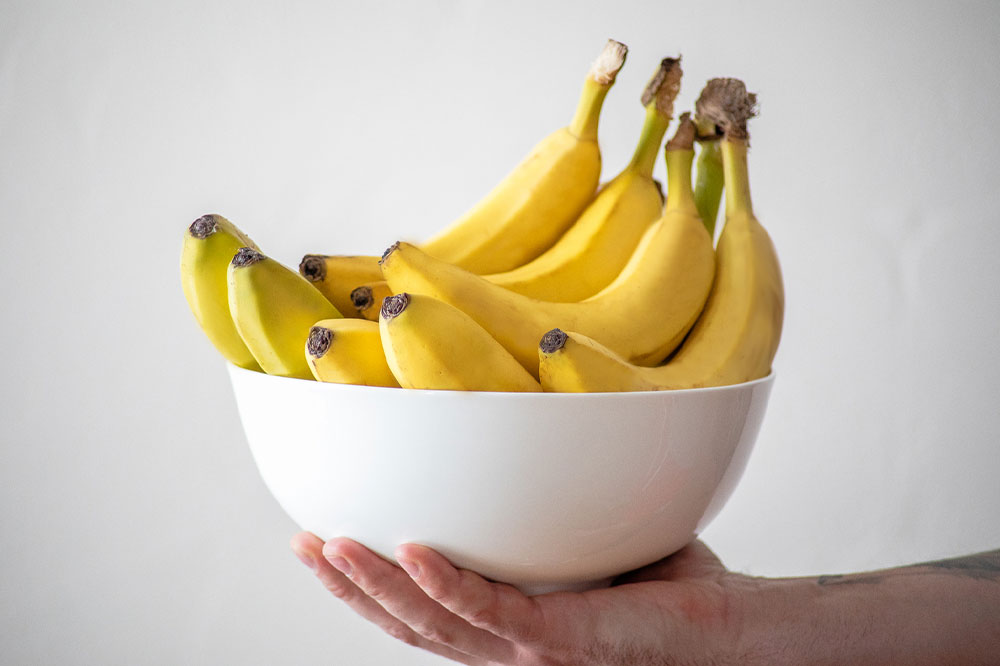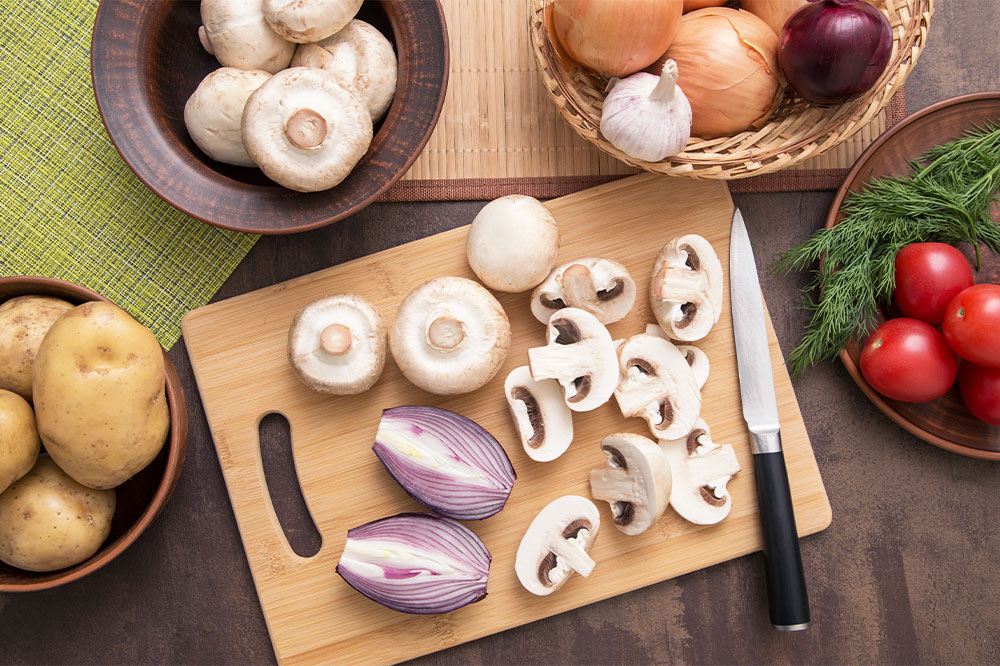11 Foods That Can Surprisingly Raise Blood Sugar

Maintaining steady blood sugar levels is critical for people with diabetes, but it can often be challenging. Patients are required to track what they eat, as certain foods can spike blood sugar, leading to health complications. To reduce the potential blood sugar swings, doctors recommended foods with a low glycemic index and foods high in fiber, protein, and healthy fats. This post discusses 12 foods that surprisingly spike blood sugar levels and should be avoided.
Bananas
Fruits are rich in vitamins and minerals, but specific options like bananas are best avoided. Bananas adversely affect blood sugar levels as they contain simple carbs and have a high glycemic index. To ensure blood glucose readings do not rise drastically, one should consider the ripeness of the fruit before eating. Green or unripe bananas usually have less sugar than yellow or ripe bananas.
Oatmeal
If one cannot do without oatmeal for breakfast, they should consider varieties that take a while to digest. Instant or processed oats often contain added sugars and are digested quickly, raising blood sugar levels. On the other hand, minimally processed oats metabolize slowly. Rolled or steel-cut oats are suitable for people with diabetes.
Grapes
Grapes are a great source of antioxidants but can be problematic for those with diabetes.







